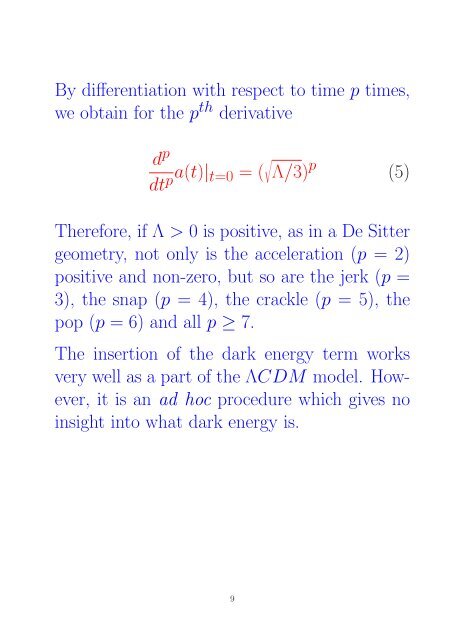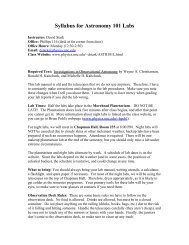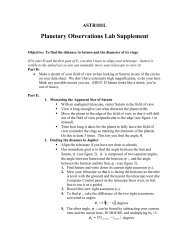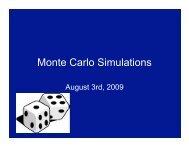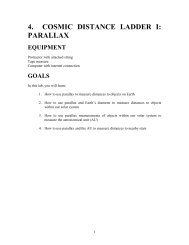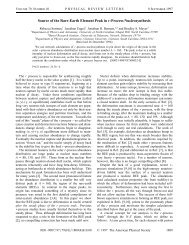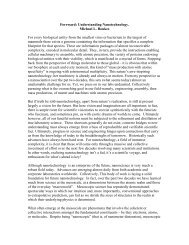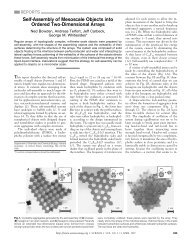holographic principle and the surface of last scatter
holographic principle and the surface of last scatter
holographic principle and the surface of last scatter
Create successful ePaper yourself
Turn your PDF publications into a flip-book with our unique Google optimized e-Paper software.
By differentiation with respect to time p times,<br />
we obtain for <strong>the</strong> p th derivative<br />
d p<br />
dt pa(t)| t=0 = ( √ Λ/3) p (5)<br />
Therefore, if Λ > 0 is positive, as in a De Sitter<br />
geometry, not only is <strong>the</strong> acceleration (p = 2)<br />
positive <strong>and</strong> non-zero, but so are <strong>the</strong> jerk (p =<br />
3), <strong>the</strong> snap (p = 4), <strong>the</strong> crackle (p = 5), <strong>the</strong><br />
pop (p = 6) <strong>and</strong> all p ≥ 7.<br />
The insertion <strong>of</strong> <strong>the</strong> dark energy term works<br />
very well as a part <strong>of</strong> <strong>the</strong> ΛCDM model. However,<br />
it is an ad hoc procedure which gives no<br />
insight into what dark energy is.<br />
9


